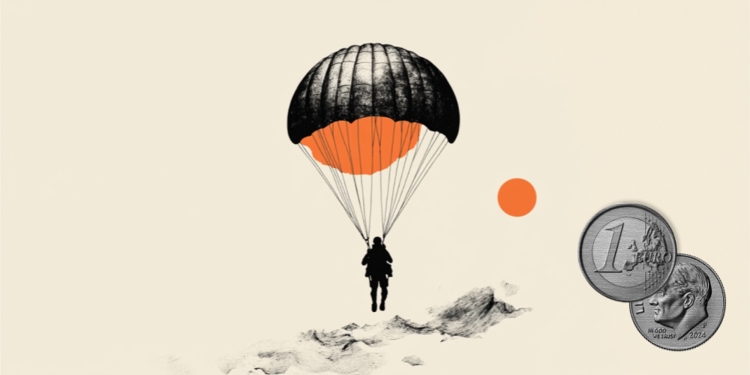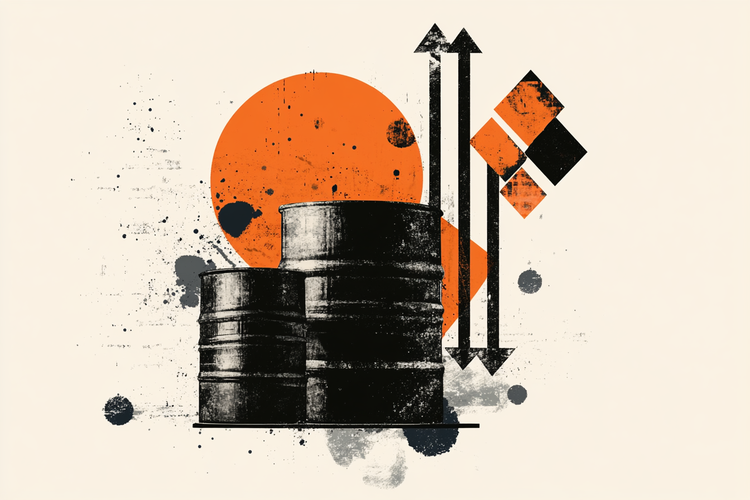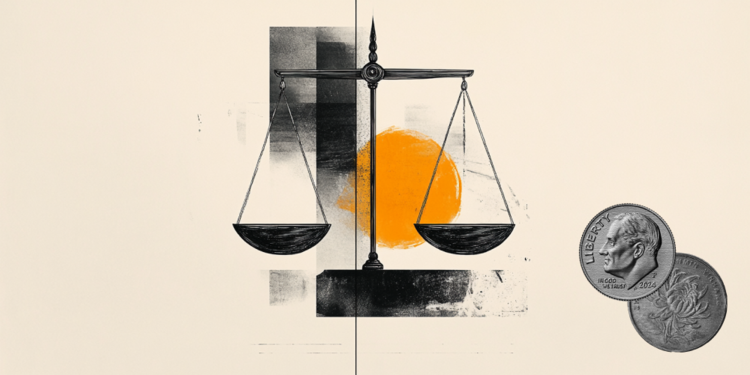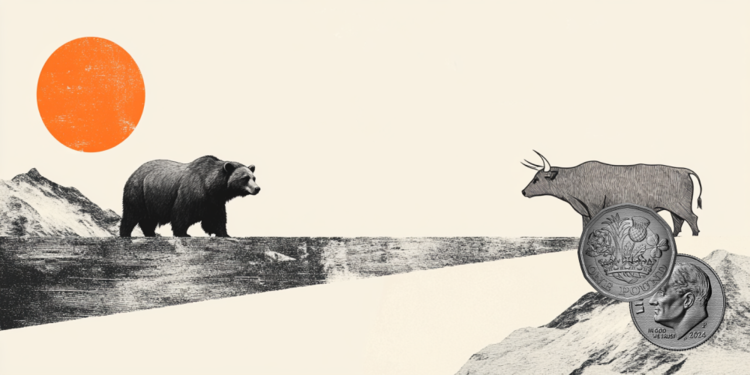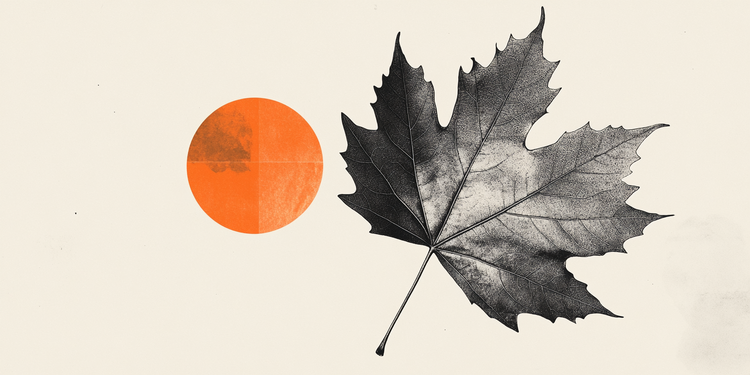The Amazon is the largest tropical forest in the world, which along the Amazon river basin, extends over eight countries, for about 6.74 million km²: Brazil, Bolivia, Colombia, Ecuador, Guyana, Peru, Venezuela and Suriname.
The nations are also part of the Amazon Cooperation Treaty Organization (ACTO).
VIDEO – The Amazon Fund has already benefited more than 300 projects
Approximately 4.2 million km² of the biome are spread across Brazil, in nine states: Acre, Amapá, Amazonas, Pará, Rondônia, Roraima, Tocantins, Mato Grosso and Maranhão, corresponding to 49.3% of the national territory.
About 22 million people live in the region, most in urban areas, but others are spread across local communities, including indigenous peoples and quilombolas.
According to the Ministry of the Environment and Climate Change, the Amazon is home to 73% of mammal species and 80% of birds, out of a total of over 120,000 species of animals existing in Brazil. Among them are the mountain cock, the spider monkey, the giant otter and the black caiman.
The Chico Mendes Institute for Biodiversity Conservation (ICMBio) evaluated 5,070 species by 2018, and of these, 180 are in some category of threat of extinction in nature.
The biome has 13,056 species of the 49,987 recognized for the Brazilian flora, including native, cultivated and naturalized. The conservation status of 1,610 are recognized, with 13.4% undergoing some type of threat of extinction.
VIDEO – PF targets suspected of being the biggest devastator in the Amazon
data-youtube-width=”500px” data-youtube-height=”281px” data-youtube-ui=”national” data-youtube-play=”” data-youtube-mute=”0″ data-youtube-id= “cIFGiYTZcBs”
Most of the Amazonian territory is composed of dense and open forests, but it is home to a diversity of other ecosystems, such as seasonal forests, igapó forests, flooded fields, floodplains, savannahs, mountain refuges, campinaranas and pioneer formations, according to the National System of Forest Information (SNIF).
It is also composed of vast stocks of commercial and carbon wood, with a variety of non-timber forest products, which allows the maintenance of diverse local communities.
The Amazon hydrographic basin is the largest in the world, with about 6 million km², with 1,110 tributaries, concentrating 15% of the non-frozen surface fresh water on the planet.
Its main river, the Amazon, cuts through the region to empty into the Atlantic Ocean, throwing about 175 million liters of water into the sea every second.
Since 1970 the Amazon basin has lost more than 20% of its original forest. Activities such as deforestation and climate change are responsible for ecosystem degradation.
See also: Brazilian startup helps reforest the Amazon
data-youtube-width=”500px” data-youtube-height=”281px” data-youtube-ui=”national” data-youtube-play=”” data-youtube-mute=”0″ data-youtube-id= “x7A2hH02v0o”
Source: CNN Brasil
I’m James Harper, a highly experienced and accomplished news writer for World Stock Market. I have been writing in the Politics section of the website for over five years, providing readers with up-to-date and insightful information about current events in politics. My work is widely read and respected by many industry professionals as well as laymen.

